Imagine it being late 2000, the holiday season is in full swing with Thanksgiving just a few weeks away and there are plenty of people over at your house visiting for the occasions. It is later on a weekend and everyone is dying to play something together. A board game? An action game? Something with a little skill and strategy involved? Why not all of these things? Someone suggests the best party game franchise ever, Mario Party– wait, wait, wait. That isn’t right. Not this article buddy. Throw that person out of the house!
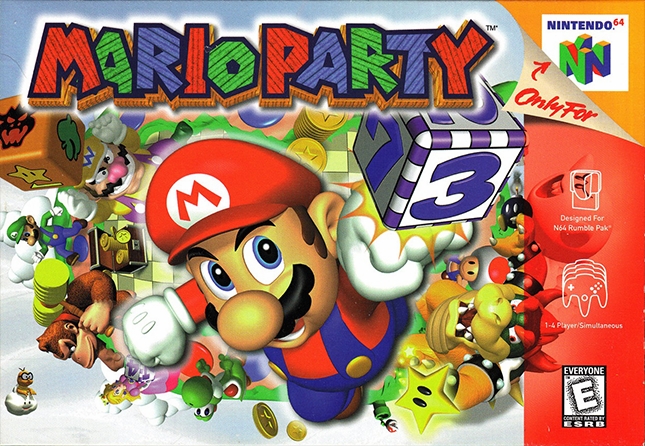
The game that could fulfill all of these things on the Dreamcast was none other than Sonic Shuffle, Sega’s take on the Mario Party formula. Developed in part by Sonic Team and Hudson Soft, the game would feature Sonic and his colorful cast of cohorts playing mini games on giant game board, either against one another or on teams, in order to collect emblems. The player or team with the most emblems at the end of each board won that particular board. It wouldn’t be a Sonic game without some sort of mystical and magical jewel though would it? This is where the Precioustones come into play. Each board held up to seven Precioustones, which served as the ultimate collectible goal in the story mode. These Precioustones would count towards emblems and award players more emblems for a higher amount of Precioustones collected.
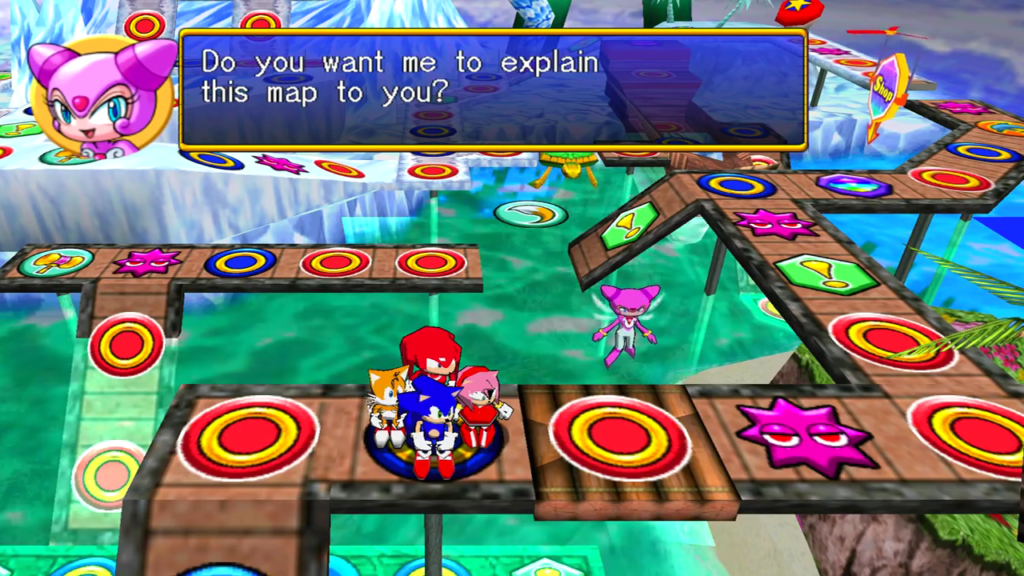
Hudson Soft had also worked on the Mario Party series for Nintendo and because of this, there was a similar style of play involved with the creation of the game. Instead of rolling a dice to determine how many spots a player could move, each player would receive randomly-given “Magical Cards” (which had four copies of the numbers 1-6 as well as four wild cards). The number played would decide how many spaces your character could move, out of seven cards given to the player at the start of the game. The player’s characters could also get “S” card which could count as a 7 or 1 depending on when the timing of the card was played (think of a rapid alternating of the two numbers, you press the button, and it slows down to pick the value of the card). The spaces a player could land on included spots to collect or lose rings, mini game spots, map-specific spots where the environment could be involved, and also Precioustone spots in which the player has to fight a monster to earn the gemstone.
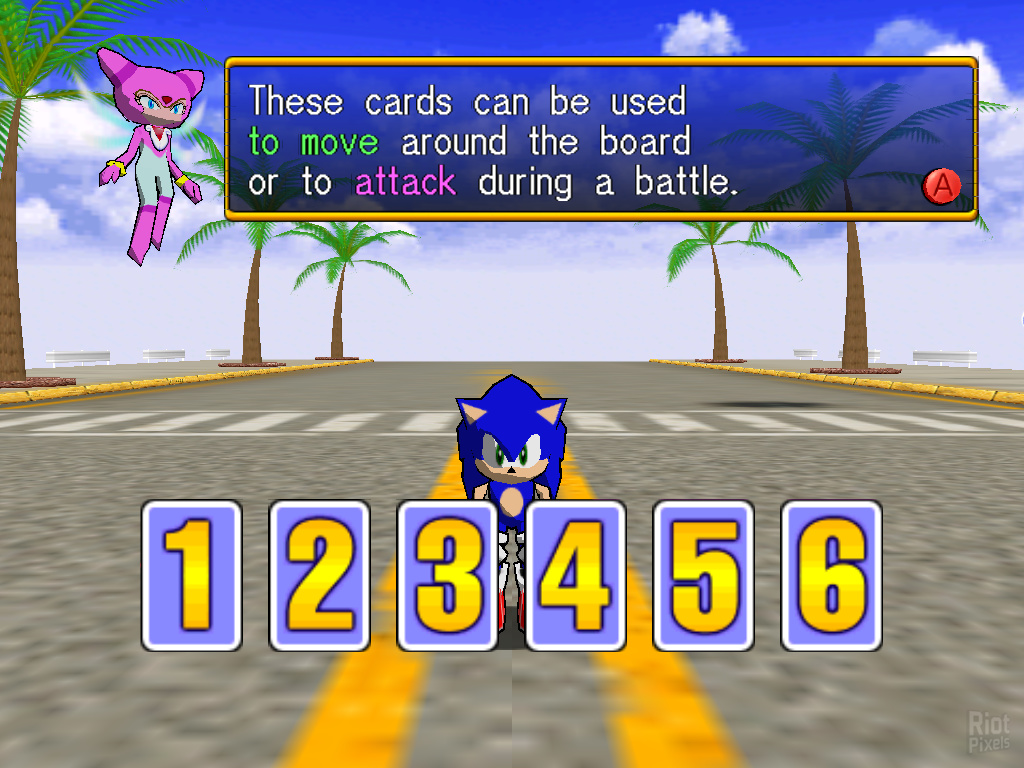
The game itself had about 50 mini games and close to 30 mini events that would happen on certain parts of the various boards which included: Emerald Coast, Fire Bird, Nature Zone, Riot Train, and Fourth Dimension Space. The mini games would vary in structure and challenge, with some examples being a surfing mini game in which the players would need to collect rings and avoid debris rushing towards them, a tag session in which one player would need to tag the three other players, and also games where players worked towards a similar goal, like avoiding being seen moving by Eggman. Some of these games would have striking similarities to Mario Party games but that was to be expected with the same development team on board for both games. The game would start with four characters to play with: Sonic, Tails, Knuckles, and Amy. There were also four unlockable characters: Big the Cat, E-102 Gamma, a Chao, and Super Sonic. Each character had a special attack ability while some had a special movement ability that helped them play different than other characters. The unlockable characters could only be used in Versus mode and could not be accessed during the Story Mode of the game.
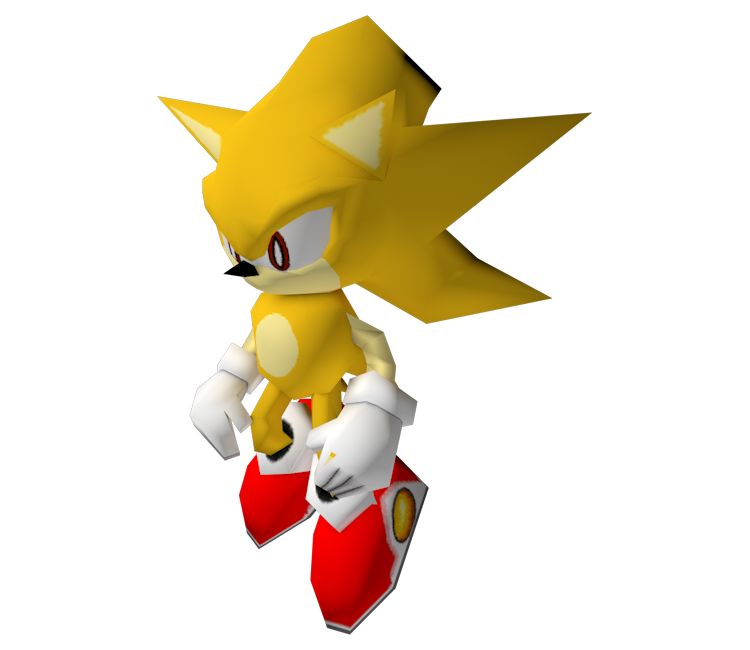
Speaking of Story Mode, the game had a very lackluster story but then again, the premise of a party game wasn’t necessarily meant to have such a strong narrative, no? The general summary is that the party is transported to a dream world called Maginaryworld, where they are to help a Lumina Flowlight collect the shattered pieces of the Precioustone. The stone was shattered by Void, a darker fairy counterpart to Lumina. Sonic and team seek out the pieces of the Precioustone and reunite it into one perfect piece. Once they do, they have a final confrontation with Void, who represents all the negative emotions of those who dream, and realize that he and Lumina are two pieces of a whole: their fused form being the ruler of Maginaryworld, Illumina. Once the ruler is brought back into a wholesome form, the party is transported back to their dimension and the day is saved. Again, there are little pieces to the story that you would have to get from the entire narrative but it is very lackluster considering this is a party game. The elements of the board game included Void appearing and being able to steal rings and Precioustone fragments from players after so many had been collected. This added to his villain-like role and made him very menacing but strategic.
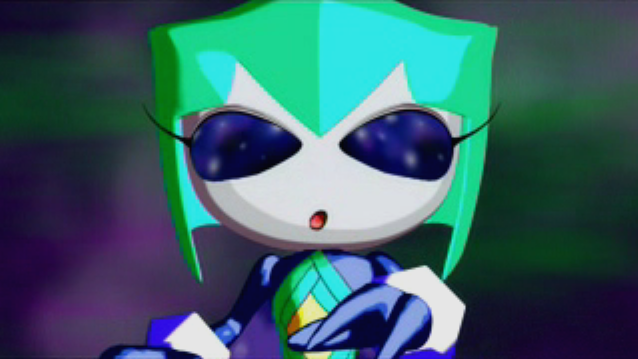
The game had a very cel-shaded look to it and made things look very comical and light. This helped set the tone for a party game but didn’t help make any particular scene or mini game stand out in memory. The music wasn’t as memorable, especially for a Sonic game, and the rules for the mini games and procedures of the board made things very confusing. The AI would also cheat and take the players best cards instead of just taking a random card, it would always be the best card the player currently had. Several spots on the board were often missed because you had to use all of your movement, often passing by a gemstone spot or a store in which you could spend your rings. One of the saving graces of the game was the option to play specific mini games in the “Sonic Room” where players could also listen to music from the game. This was much easier to do, rather than start up a new round and traverse around the board, hoping that the mini game you wanted spawned on a mini game spot.
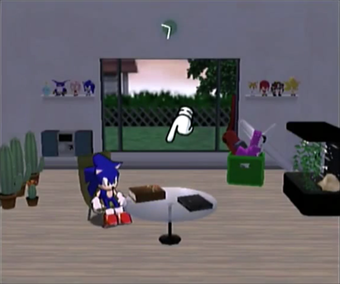
Overall, the game had a lot that it lacked but it was also a step into different territory for Sonic. Sega had always tried to use Sonic in other game genres like Sonic Spinball and Dr. Robotnik’s Mean Bean Machine and had some success with those games. In a time when their competition was still high with other systems, they took a chance with a party game and while it didn’t succeed as well as the company would have liked, it did give players a chance to take a step back from moving around at the speed of sound and instead play a game with his or her friends, family, and even some cheating scummy AI opponents who totally got what was coming to them…I’m not salty.
Did you enjoy Sonic Shuffle? What was your favorite mini game to play? Did you have some memories playing this with some of your friends or family? Sound off in the comments below and thanks for reading!
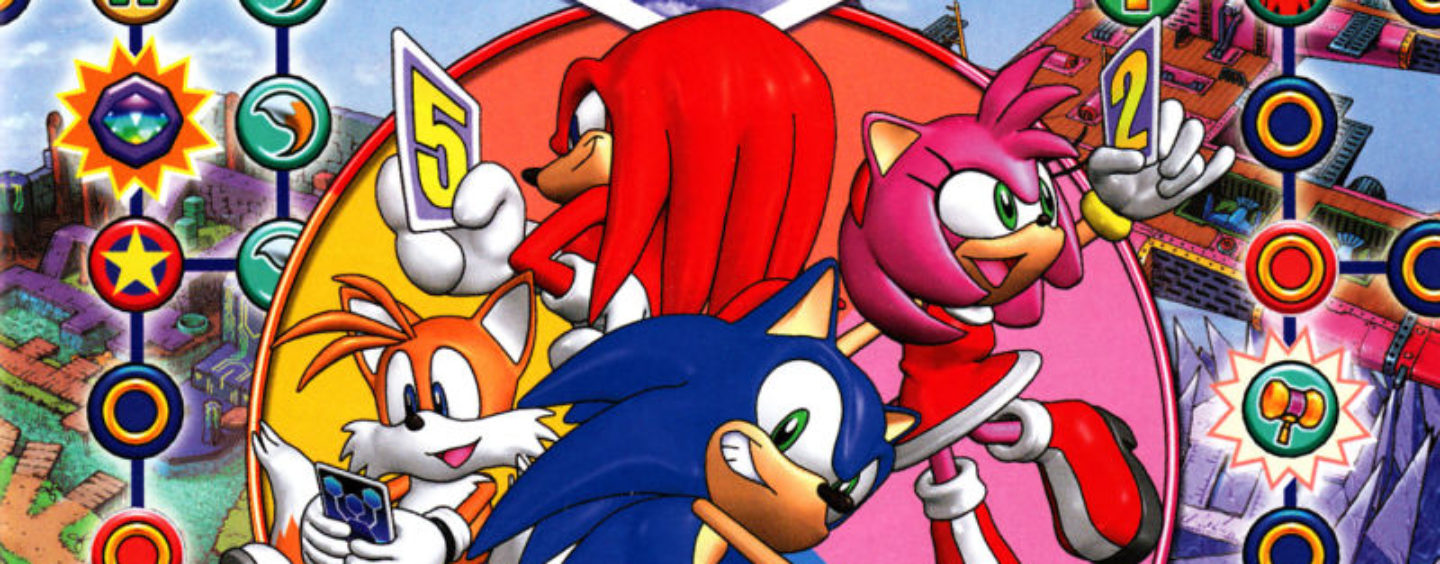
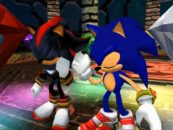

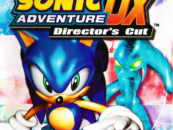
No Comments so far
Jump into a conversationNo Comments Yet!
You can be the one to start a conversation.